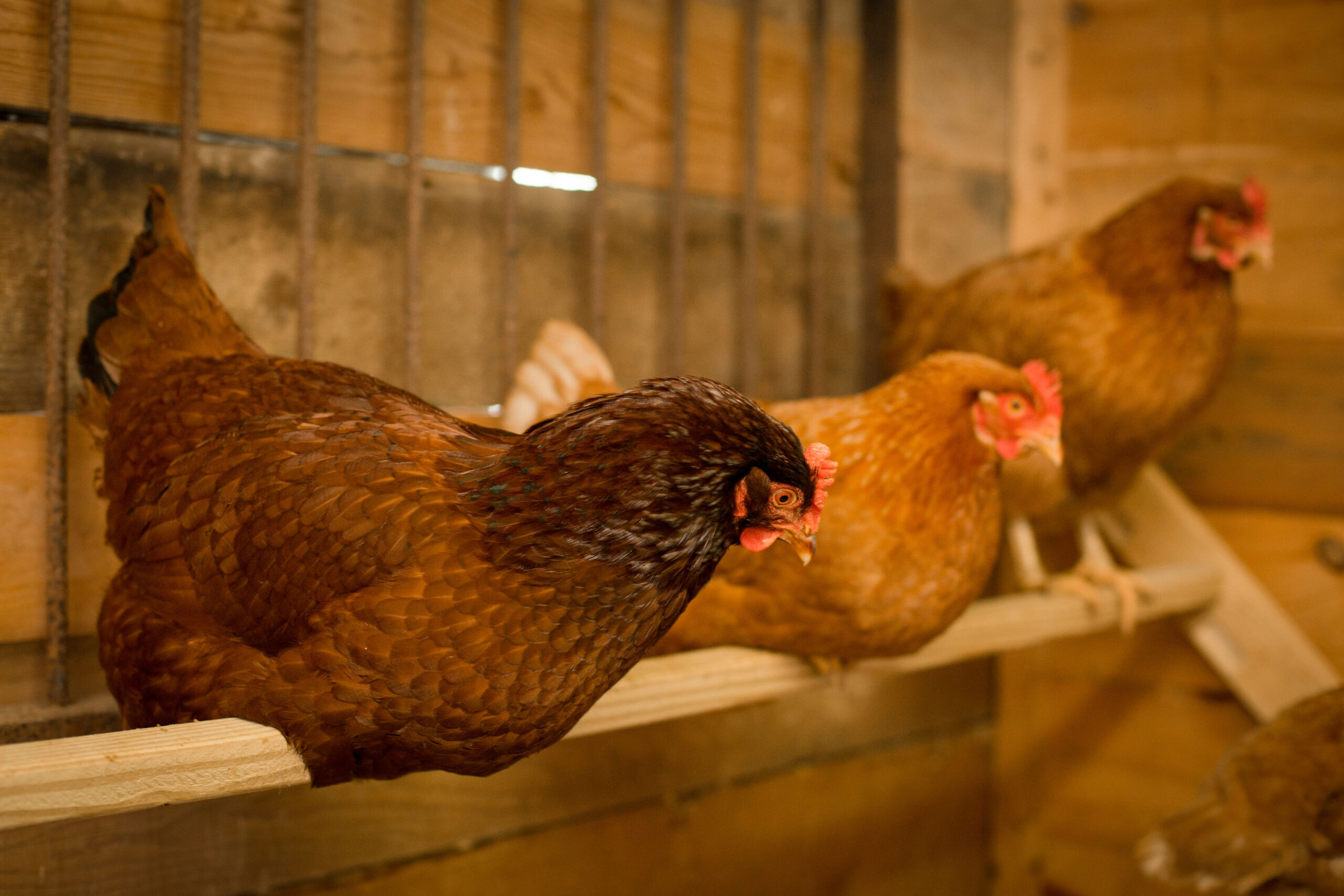Over the past 60 years, the demand for cattle meat and milk has doubled, and continues to grow at an unprecedented rate. While we would like to imagine pastoral scenes of sheep grazing and chickens pecking, that reality of animal agriculture couldn’t be less idyllic.
An estimated 99% of U.S. farmed animals live on factory farms.
Factory farms, or intensive animal farming, is now the agricultural standard – holding unprecedented numbers of animals in unthinkable conditions, polluting our air and water, exploiting farmers and laborers, and cultivating and spreading disease. This is not sustainable.
In both scale and suffering, farm animals are the most abused animals in the United States.
Farm animals, like all animals, experience pain, suffering, and joy. But we don’t treat cows, goats, or chickens the way we do beloved pets.
To maximize profit and minimize cost, farm animals are overbred and overworked, subjected to inhumane treatment and painful procedures, and denied access to the outdoors or the ability to engage in natural behaviors or relationships.
We know the horror stories of slaughterhouses, but the scope extends to every corner of agribusiness where animals are used to make money. Whether considering the mass culling of newborn chicks or withholding newborn calves from their mothers, millions of farm animals suffer unimaginable physical and mental anguish every day.

Animal agriculture is a major driver of climate change and habitat destruction.

Intensive animal farming is destroying vast ecosystems, wasting enormous quantities of water and fossil fuels, and contaminating our water, air, and environment with toxic chemicals and pollutants – and is the leading cause of worldwide species extinction.
- It takes almost 100 times more land to produce a gram of beef or lamb protein than plant-based protein alternatives.
- The increasing demands of agriculture is the leading cause of deforestation and worldwide species extinction, with 41% of the contiguous U.S. in use for feeding and grazing livestock.
- The CO₂, methane, and nitrous oxide emissions from animal agriculture accounts for almost 60% of greenhouse gas emissions from food production and between 11.1% and 19.6% of human-caused greenhouse gas emissions.
Factory farming hurts farmers, workers, and communities.
While the demand for farmed animals continues to soar, the number of U.S. farms decreased by 50% from 1960 to 2002, and with them an inherently American way of life.
Modern agriculture has shifted from an independent system of farming to a corporate contract model giving individual farmers little say over how to work their own land, limiting competition, and resulting in lower prices for farmers and higher prices for consumers.
Industrial farm workers are often subjected to difficult working conditions, including long hours, low pay, little job security or organizing rights, and exposure to hazardous chemicals, disease, and environmental conditions.
Overcrowded farms are a breeding ground for disease, with 2022 H5N1 avian flu outbreak causing the death or slaughter of over 58 million domestic and wild birds. Zoonotic diseases (originating in non-human hosts) account for over 60% of emerging infectious diseases, with over a third associated with animals kept for food production.

